How people are faring in the pandemic
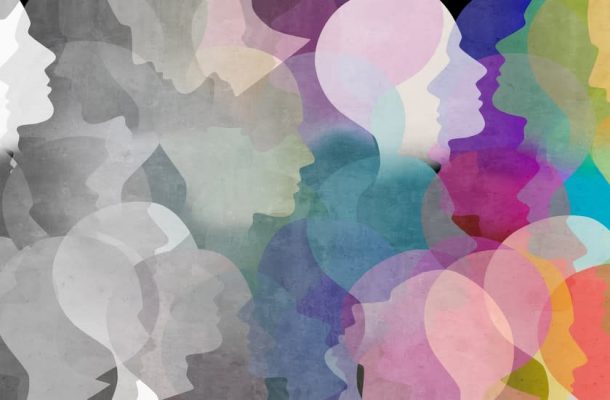
This is a story of light and shade. On the one hand, it seeks to contribute ideas on how people are creating connections and building social solidarity in a time of COVID-19 isolation and mutual distancing (through online youth cultures, in families, and by community groups).
But it also has a darker side.
It explores the experiences of those shouldering more of the caring burden (predominantly women) and risk (healthcare workers, older people, impact on men) during the pandemic. It highlights the plight of those who need our protection and support now, and as we move out of this crisis in the medium term (international students, young people transitioning into work, diverse families and older people).
Sociological research has established the profound impact inequality has on everyday experiences and on our quality of life. As you’ll read, the pandemic appears to be exacerbating many of these negative effects.
Digital youth cultures – Let’s stay social
Brady Robards
As sociologists have already observed, while physical distancing is a key aspect of getting through the COVID-19 pandemic and slowing its spread, it’s important that we avoid social distancing. We need to stay connected – with friends, family, our communities, and the cultures and scenes we are part of, to stave off the damaging impacts of isolation.
For those with access to the internet, digital media are now the main way people are doing this, and young people have always been at the forefront of adopting new technologies into their social and cultural lives.
Even as many people are growing to detest more work meetings on the videoconferencing platform Zoom, different communities are coming together on Zoom for decidedly non-work pursuits. For instance, the queer youth section of Melbourne’s Gay and Lesbian choir, shOUT, has continued to meet weekly by Zoom to rehearse, but also to just chat and hang out together.
shOUT’s musical director, Alex Morris, says: “Zoom has allowed us to maintain connection in a time where screen is king … The breakout room function gives us the opportunity to work in small groups and ask questions of musical leadership. Above all, we are able to continue to foster community and human interaction, both of which are now, more than ever, paramount.”
Morris has also put Zoom to use for other projects, including a Tuesday night karaoke session ‘Is-Aoke’, and is continuing his own drag performances (as the fabulous Bae Marie) sponsored by the likes of Rockhopper Records, streamed through Instagram Live.
Some young people are also passing the time stuck at home with family to get into making and sharing content on the video sharing app TikTok, a land of short and incredibly creative dance, lip-sync, and comedy videos. One current trend on the app is to draw family members into these TikTok videos, to choreograph family dance routines, make confessions to capture parents’ reactions, and to showcase sibling … support?
In Australia, young people are also turning to TikTok to comment on politics, race, colonialism, and financial pressures.
From “off-label” uses of Zoom for karaoke and social drinks, to drag shows streamed live on Instagram, and roping family into TikToks capturing the realities of isolation-life in the era of COVID-19, digital media continue to allow us to connect, share, and know that we are not alone.
These digitally mediated experiences cannot replace a warm hug from a friend, sharing a meal around a big table with extended family, or the atmosphere of a dancefloor in the wee hours of the morning, but they might tide us over for now.
Young people have always been in the vanguard for developing conventions and processes for being in digital spaces, and we continue to have a lot to learn from young people in figuring out how to stay connected digitally in a time of physical isolation.
The impact on international students
Helen Forbes-Mewett
For international students, and the university sector that relies on them, the consequences of COVID-19 have been particularly pronounced. Many students have reluctantly returned to their home country, anxiously awaiting the chance to return to Australia.
Many continue studies online from abroad, facing the extraordinary challenges in the hope of a better future. Those that have chosen to remain fear stigmatisation and vilification as the virus becomes increasingly racialised. Students also fear the impact the pandemic will have on their families, both here and abroad.
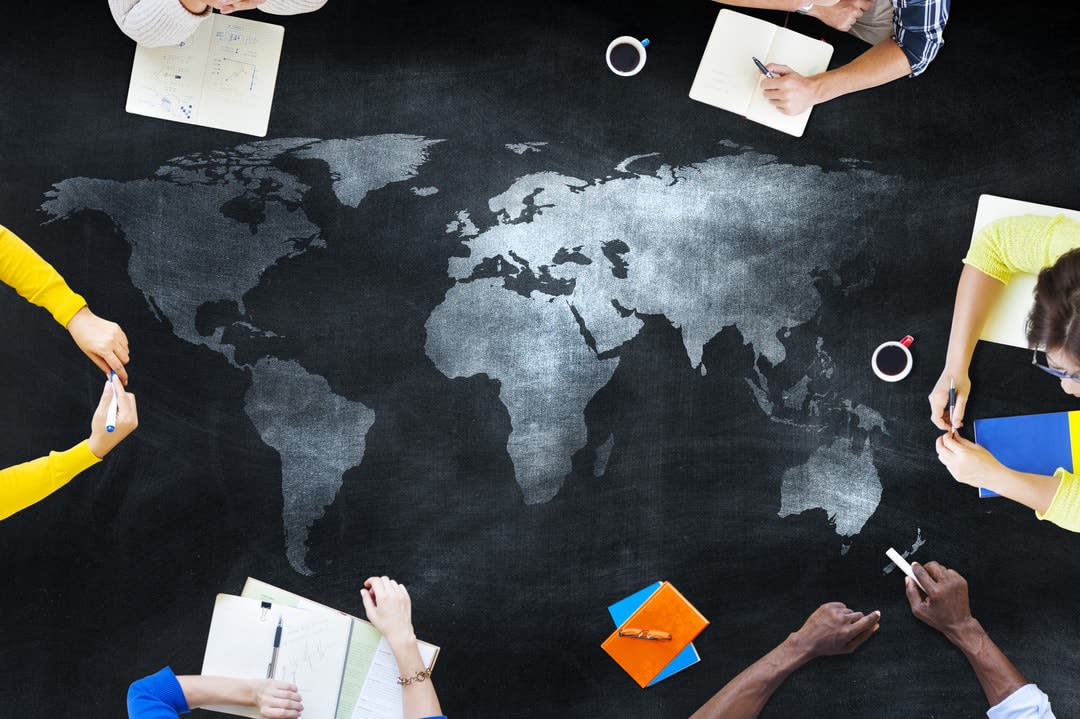
The economic impacts on students and families have also been profound, with international students unable to access government support, and a significant reduction in employment opportunities.
One student shared their fears: “I have been concerned about increasing prices, and the shortage of food and essentials in the stores. I worry the time may come when I cannot pay rent. I feel like this would happen in my home country, but not here.”
Although many sectors have been hit hard by the pandemic, the impact on the university sector has been particularly pronounced. Any economic impact will likely be exacerbated by widespread social anxiety.
Australia does not wish to see a repeat of 2009, which saw opportunistic and racist attacks on Indian students. Beyond the terrible impact on students, news of the attacks had a huge impact on the international education sector. Yet, despite the pressures, the sector proved to be highly resilient.
So, too, are international students, who are committed to overcoming the significant challenges they face. Australia is still considered one of the best places in the world to study.
We can only estimate the eventual social and economic fallout of the current pandemic, but one thing is certain – the international education sector will not be same for some time. We need to do everything we can to support our international students during these unprecedented times.
Healthcare workers – risks, fears and rituals
Allegra Schermuly
Rituals are an integral part of healthcare work practices. The performance of ritual enables unpleasant and “dirty” tasks to be performed; ritual provides a barrier between the self as individual and the self as healthcare worker, and allows transgression of the boundaries between “purity and danger” (Douglas 1966; Lupton 2013).
The donning and doffing of PPE (personal protective equipment) is routine, breaching patients’ boundaries via intubation and ventilation, and happens every day. Recently, though, these routines have become infused with urgency and interest from publics and politicians.
“Danger” has been embodied in COVID-19. Healthcare workers have found their everyday tasks thrust into the limelight during this pandemic. For now, they are our heroes.
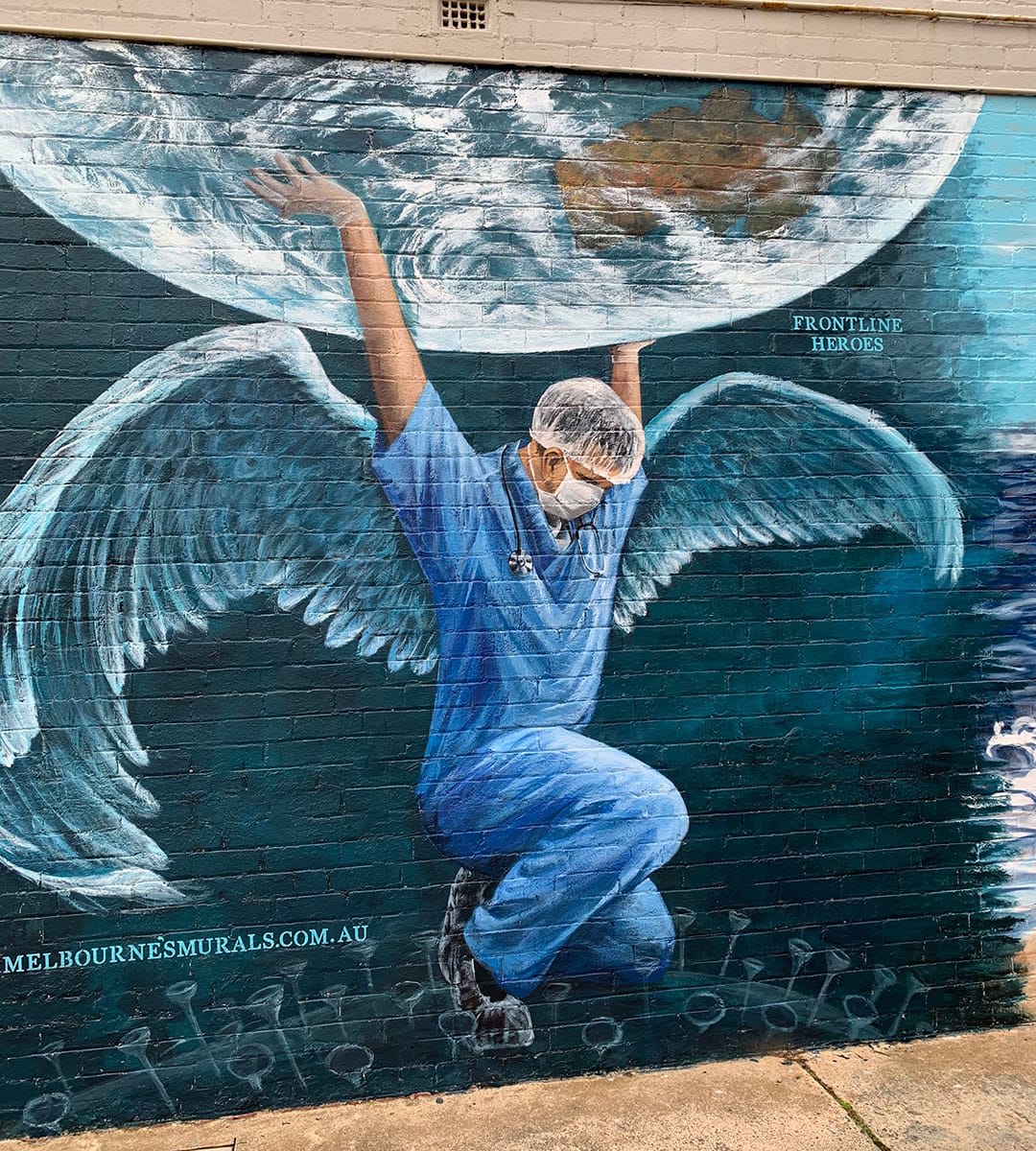
But some of these workers have been vilified, too.
The counter-narrative is one of fear, risk and contamination. Instead of being society’s salvation, they’re impure, polluted, sources of infection themselves. There have been reports worldwide of healthcare workers being denied housing and services, being verbally abused and even spat upon. These behaviours reflect a counter-narrative to the hero story that has mostly prevailed.
Healthcare workers’ bodies are on the margins between COVID and the rest of society. Their bodies (in their PPE) symbolise the risks that we’re all facing in our greatly changed lives.
The highly emotional responses to healthcare workers – be they positive as in mass applause, or negative as in the cascade of criticism for a so-called “illegal dinner party” in northwest Tasmania – are indicative of a reaction to the fragile maintenance of societal order during this time, and our fears of descent into disorder.
As marginal entities, healthcare workers’ bodies are vulnerable and dangerous; thus, their actions are afforded moral status at this time of crisis.
And when the pandemic is over? Society will still need these liminal workers – but their rituals will retreat back into the shadows, until the next time.
Working mums: Making their labour count
Claire Tanner
In 1988, Marilyn Waring asked people to consider what an economic system would be like if it actually counted the invisible and unpaid work that women undertake on a day-to-day basis. With the onset of COVID-19 and isolation measures, some have argued that this work will take on a new visibility at least within the home, but what actually is being counted as productive and valuable labour in a world of social isolation, and how is it being measured?
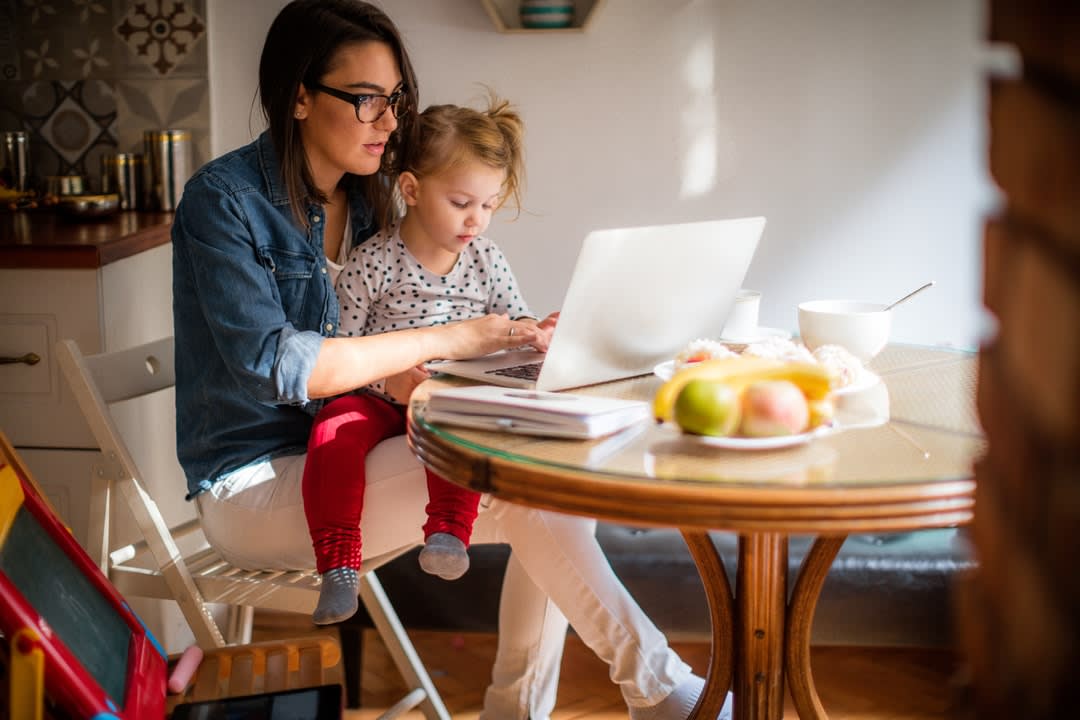
The curves that are dominating our news cycles and Facebook feeds may be telling us about exponential increases in transmissions, but they’re not telling us about the exponential increase in women’s labour that is no longer being outsourced to other feminised professions such as teaching, cooking and cleaning outside the home, and the associated impacts on women’s careers, their quality of life, and their mental, emotional and physical health.
The assumptions that underpin the unequal distribution of household labour outside of COVID-19 continue to be upheld, and are being felt acutely by some, especially working mums with young children.
This is in part because the model of success for the current home-schooling venture assumes and indeed depends upon a full-time carer – who is committed to the task of education and who has the space, time, patience, and technical resources and skills to teach young children who may or may not be willing to learn anything at any given time in lockdown.
While on social media and in the news, messages proliferate about just “doing your best”, and that “missing some school” won’t hurt children in the long term, in practice daily numeracy and literacy tasks on and offline continue to be set, progress is monitored, and Zoom classes are held where kids share and are rewarded for completed work.
This has introduced a new set of pressures on mums not to fail their children, in the context of already highly stressful environments where women are caring for young children and working from early in the morning to late at night to fulfil paid work obligations.
The circumstances of COVID-19 offer an unprecedented opportunity for sociologists to make visible – and develop strategies aimed at flattening – curves that track the negative impacts of persistent gendered expectations and norms that responsibilise women for labour that isn’t counted. Which social impacts we model and respond to as a society going forward will say much about what Australia counts in recovering from this pandemic.
The impact on men
Karla Elliott
Strength, fearlessness, protecting, control, and violence – qualities traditionally associated with masculinity –– have long been thought of as necessary in times of crisis. But with COVID-19, communities instead require “feminised” qualities such as caring and service.
To protect others, men are now required to stay home and do the difficult caring and relational work for friends, families, colleagues and communities that has traditionally been done by women.
Isolating at home highlights gendered inequalities in household labour and care work, as men are increasingly confronted with the reality of women’s unpaid housework. We also know that the prevalence of family violence, largely perpetrated by men, is expected to increase under lockdown. But while family violence is a problem across all groups in society, other burdens arising from COVID-19 disproportionately affect more marginalised men (and women).
Analysis reveals, for example, that a disproportionate number of fines have been issued in areas largely populated by Indigenous or migrant Australians, and those with lower levels of educational attainment, in New South Wales under social distancing orders. And in Melbourne, 60 men detained in a guarded wing of a motel are just some of the many refugees and asylum seekers in detention across Australia at serious risk of COVID-19 infection and transmission.
On the “frontlines” of the crisis in Australia, migrant men and women, and those of lower socioeconomic status, are most exposed to COVID-19 as supermarket workers, cleaning staff, nurses and medical staff, and care workers.
Meanwhile, with the male-dominated manufacturing industry identified as a key component of Australia’s response and economic recovery, it is again men with lower levels of educational attainment who will help lead Australia though and out of the crisis, while remaining at greater risk of COVID-19 exposure.
It’s critical to consider the disproportionate impacts of COVID-19 on marginalised men and groups, and to set our sights during and post-COVID-19 on rebuilding a more equitable and inclusive Australia.
The impact on diverse families
Jo Lindsay
As we’ve settled in for the long haul with self-isolation and government-sanctioned distancing measures, physical worlds have shrunk to family bubbles and separate households. But we should remember that isolated nuclear heterosexual families aren’t the only model, or even the most common model, of family life.
Families are diverse now, and they’re likely to be dispersed over households and geographic settings, yet family support is more critical than ever during the pandemic, and as we chart our way out of it.
Little is written about how post-separation and reconstituted families are coping with the movement of children, teens or parents across households.
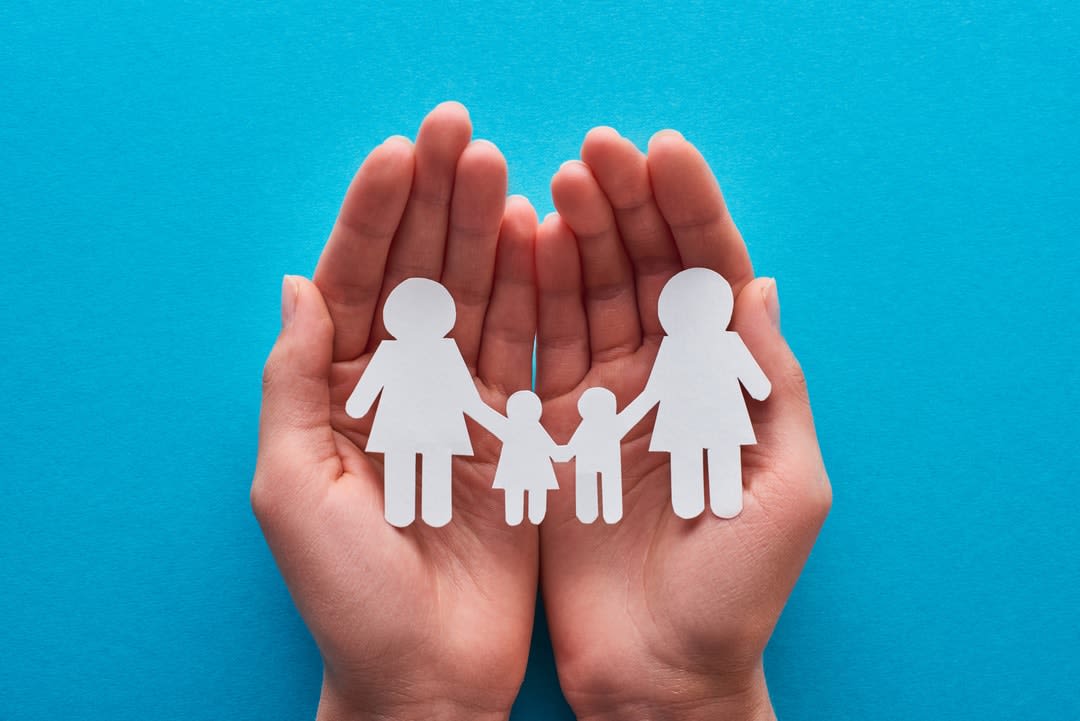
Legal Aid in Queensland offers humane advice for separated parents that could be applied by all parents regardless of family structure: be present and considered, open and compassionate, patient and positive. More ominously, other evidence suggests there has been an escalation of conflict over child residence and contact arrangements, with a new COVID-19 triage process to fast-track cases through the Family Court.
Rainbow families (LGBTIQ parents or children) are struggling with the challenges of work insecurity and home schooling, just as their heterosexual counterparts are.
Despite changing community attitudes and increased acceptance of sexual diversity, many LGBTIQ people continue to have fraught or hostile relationships with their families of origin.
Community organisations such as Rainbow Families, Switchboard and Minus18 are stepping in to provide advice and practical support, mobilising just as they did, and continue to do, with the HIV pandemic.
Food parcels and care packages are being sent to older community members coping with isolation. Support organisations are also reaching out to young people online about strategies for dealing with an unsupportive family during isolation.
All families need recognition and support to care for their members across isolation bubbles. Yet we can’t continue to put everything onto families – they’re currently providing childcare, healthcare, education and financial support during the pandemic.
Families are under pressure, with family violence and divorce expected to rise.
As we move out of the pandemic, it will be useful to think about ways we can take the pressure off families, and distribute more of the care burden to community and government agencies, as well as to the market. It may be time to rethink our approach in Australia, and extend the social welfare state to take care of vulnerable community members (like the Nordic model) rather than rely on individual family resources alone (as in the US).
Young adults, employment prospects and the future
Steve Roberts
While life under the conditions of COVID-19 often feels unrecognisable, the economic disruption in the wake of the pandemic has confirmed an altogether too-familiar reality: young people are disproportionately exposed to risks of unemployment and reductions in work hours.
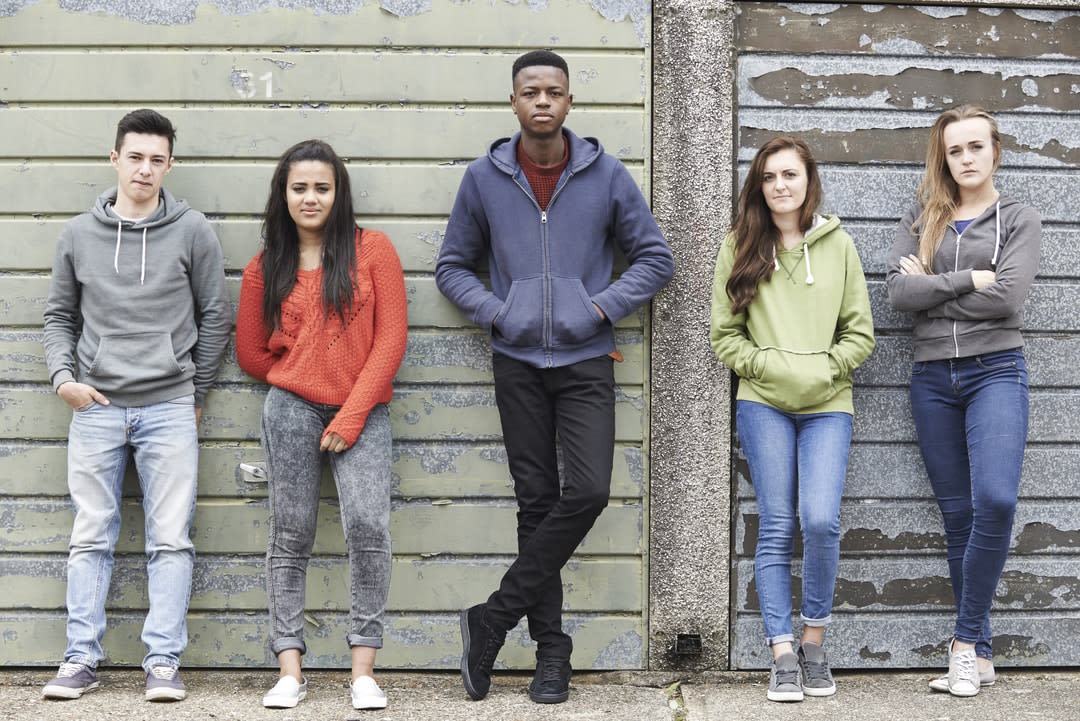
There is a double-edged sword at play.
First, the sectors with large and disproportionate numbers of young staff – such as the retail and hospitality industries – have been the hardest-hit in respect of permanent or temporary personnel lay-offs.
Second, as relatively recent labour market entrants, young people are likely to be closest to the chopping block as employers tend towards “last in, first out” policies, or rely on experience as indicators of productivity. Recent university graduates, especially those who aren’t pursuing routes into the professions, face an uncertain future.
Not only are these risks for young people exacerbated in times of economic crisis, experiencing sustained unemployment during such a time can have exceptionally damaging long-term “scarring effects”.
Trying to re-enter the labour market is no easy feat. because this is likely to happen at a time when the next group of younger cohorts are also transitioning from school to work. And even where re-integration is achieved, using the effects of youth unemployment during the Global Financial Crisis as an indicator, young people will face future penalties in terms of lower wages and diminished happiness.
All this is compounded by the fact that young adults experiencing economic crises have less confidence in public institutions, yet the need for government services and support may never be so keenly felt as in the immediate years after COVID-19.
While such adverse outcomes will also likely affect recent and 2020 university graduates, qualifications act to reduce the prospect of unemployment on average across the OECD countries. This is not to diminish the impact upon the more highly qualified, but attending to issues of relative difference amid the suffering produced by the pandemic is key to the sociological mission.
Laying bare how we treat older people
Barbara Barbosa Neves
We woke up recently to the shocking news that older people were found dead and abandoned in Spanish care homes. We’ve also heard from Italian doctors using age to decide who to save due to limited ventilators. These decisions are affecting several countries, including Australia, and raising concerns about the simplistic use of chronological age.
The novel coronavirus is laying bare how we see older people in our society. It’s exposing intrinsic “ageism” – stereotypes and discrimination based on age. It’s exposing how older people are viewed as “all the same” or in two extremes: either too frail and vulnerable, or too irresponsible and greedy. Yet, sociologists and other social scientists have shown that older people are a very diverse group with different resources, needs, and aspirations.
Ageism can affect people of all ages, but it’s particularly prevalent in later life. And it has terrible consequences – older people who believe the negative ageing stereotypes have worse health outcomes and lack a sense of personal value. “They think I’m too old” is what older people told me countless times during my research on loneliness and technology in care homes. Too old for others to care; too old to be seen; too old for technology.
The stigma of being old is not news. Terms such as “silver tsunami”, “boomageddon” and “grey wave” abound. They imply that an ageing population is a destructive force that we must brace for. As noted by the World Health Organisation, ageism in later life “is the most socially ‘normalised’ of any prejudice”. In our society, ageing is mostly seen as a problem – if you’re old, you’re decrepit, declining, dependent, “past the expiration date”, “over the hill”.
However, for most of us, not dying young is a good thing. Two hundred years ago, worldwide life expectancy was lower than 40 years; in 2019, it was about 72. Attitudes towards ageing haven’t changed as fast as life expectancy. Now COVID-19 is exacerbating ageism in our communities, from devaluing those more vulnerable, to the implementation of blanket policies that can significantly impact older people and their rights.
Sociologists are contributing to important discussions about ageism during COVID-19, and the various dimensions that shape inequalities. The social costs of this pandemic will take a while to account for – in the meantime, we need to ensure our sociological expertise is used to build a more inclusive and fairer world.
This article was published by Lens.
Open Forum is a policy discussion website produced by Global Access Partners – Australia’s Institute for Active Policy. We welcome contributions and invite you to submit a blog to the editor and follow us on Twitter, Facebook, Linkedin and Mastadon.











